
Congratulations to Mayor-elect Katie Wilson, who has a background of 15 years of community organizing and working on local legislation at the Transit Riders Union. On a personal level, Wilson biked nearly everywhere before her toddler was born, and now she walks and takes transit.
Seattle Neighborhood Greenways staff and volunteers have worked closely with Wilson and the Transit Riders Union over the years, most notably as part of the Move All Seattle Sustainably Coalition to successfully reverse cuts to the walking, biking and transit projects during Mayor Jenny Durkan’s administration, and more recently to dedicate more money to walking, biking and transit in the Keep Seattle Moving Levy.
Note, Seattle Neighborhood Greenways is a 501(c)(3) nonprofit, meaning we cannot, and do not, endorse candidates for office. But now that the election is over, we can share our analysis of Mayor-elect Wilson’s transportation platform.
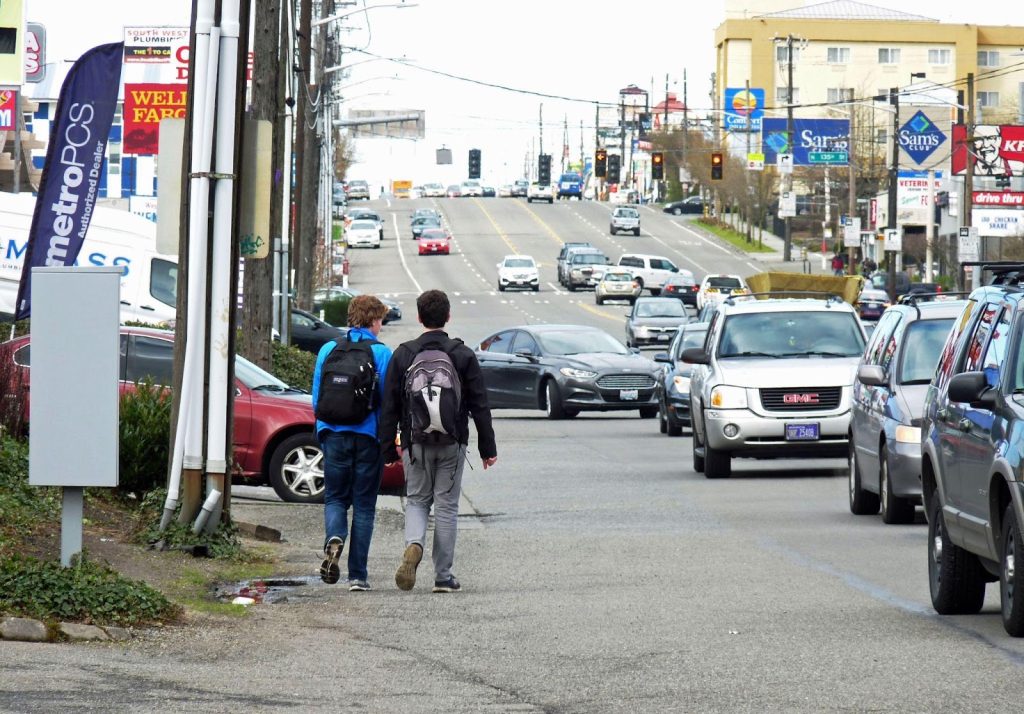

Wilson’s transportation platform is bold and visionary, and she will need our ongoing community support to achieve it. Here are a few excerpts of her priorities with our thoughts on how she can get started on implementing them in her first year of office.
Safety and Vision Zero
Wilson’s platform: “Seattle launched Vision Zero in 2015 with the goal to eliminate traffic deaths and serious injuries on city streets by 2030. But in the last decade, more than 1,850 people have been seriously injured and 253 people have been killed in vehicle collisions. We need city leadership that will prioritize keeping our kids, elders and neighbors safe on our streets. Prioritize transforming our most dangerous corridors, from Aurora to Rainier, into people-centered streets with great public transit, safe neighborhoods, thriving businesses, and tree canopy that will help clean the air and moderate the urban heat island effect.”
Our first-year recommendations:
- Stand up a team to tackle a major overhaul of Rainier Avenue S. The section of Rainier from Mount Baker to the Chinatown International District (CID) has planned repaving, bike, safety, transit, and on-ramp revision projects, and they must all be coordinated in a unified vision to reimagine the street. We must dedicate the same intensity of effort and care for major safety projects as Seattle did for the downtown waterfront rebuild or the West Seattle bridge repair.
- Course-correct and speed up the Aurora Avenue project to adopt a bolder vision, and come up with a plan for a demonstration project to unlock the $50 million in state funding.
- Construct safety projects on S Henderson Street in Rainier Beach, N 125th Street in Lake City, and 14th Avenue S in South Park.
- Roll out rapid spot improvements on streets and at intersections that the Seattle Department of Transportation (SDOT) knows are unsafe.
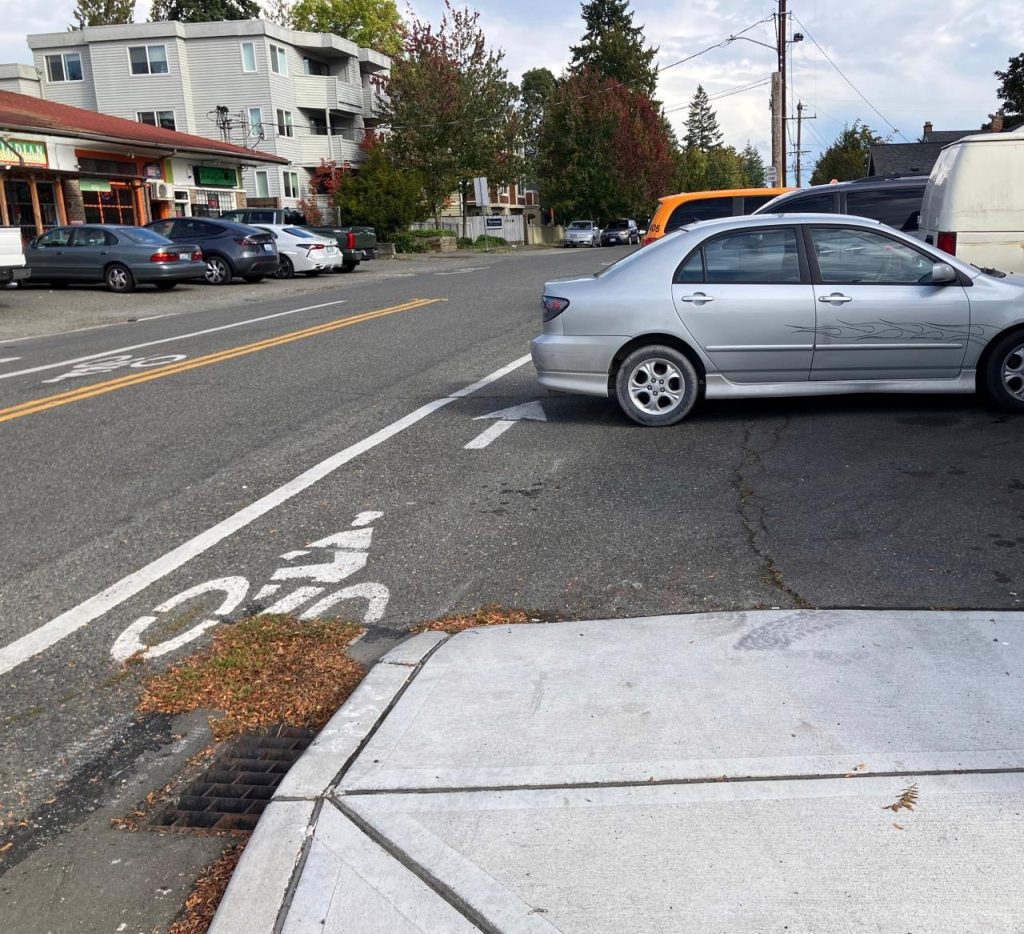

Sidewalks and accessibility
Wilson’s platform: “Maximize efficient use of Keep Seattle Moving Levy dollars to build new sidewalks, fix our streets and bridges, improve transit infrastructure, and connect our bike network… Support the workgroup, created during the levy process, to explore a bond measure that would provide more transportation infrastructure funding.”
Our first-year recommendations:
- Rapidly convene the delayed workgroup to develop funding proposals to continue SDOT’s sidewalk building surge.
- Overhaul the Home Zone program to measurably decrease vehicle volumes and speeds with diverters and increase walking, biking, and playing for neighborhoods that are not first in line for sidewalks. (SDOT was considering this in 2024 but it has not moved forward.)
- Require repaving and other projects to pay for basic accessibility and safety upgrades like curb ramps and bike lanes, in keeping with the spirit of the Complete Streets ordinance. For instance, the lower E Marginal Way repaving project is siphoning significant funds from the bike budget.
- Accelerate investment in a parking corral system where, in busy areas around town, shared bikes and scooters must be parked in designated zones located on the street (and ideally just before the corner to improve visibility for pedestrians) whenever physically possible to help increase accessibility of sidewalks.


Bike routes
Wilson’s platform: “Continue and accelerate progress on Seattle’s Bicycle Master Plan. Make rapid safety improvements in the most dangerous spots; and expand bike parking, especially where small business owners or residents have requested rack installation.”
Our first-year recommendations:
- Provide bold goals and leadership as we begin community engagement and design on transformational bike routes including a Rainier Avenue S to MLK Jr Way S bike lane and connecting the gaps in the Duwamish Valley.
- Assess the bike network for gaps and points of friction where spot improvements and small projects will make an outsized difference and rapidly implement fixes such as connections to our bridges.
- Expand SDOT’s well loved “even better bike lanes” project to include intersection upgrades (where the majority of crashes happen).
- Sign and mark “Bike Lines” in time for the 2026 World Cup to help Seattleites and visitors find the best long distance bike routes through the city, and commit to developing them into a safe, convenient, and easy-to- follow system for the long term.
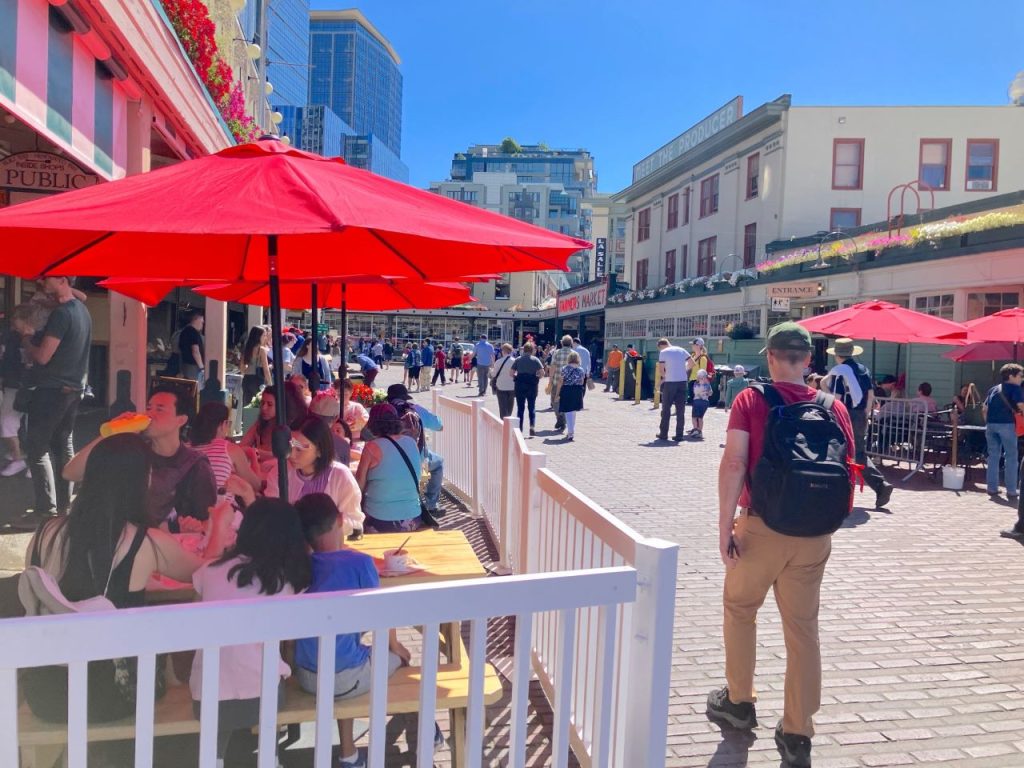
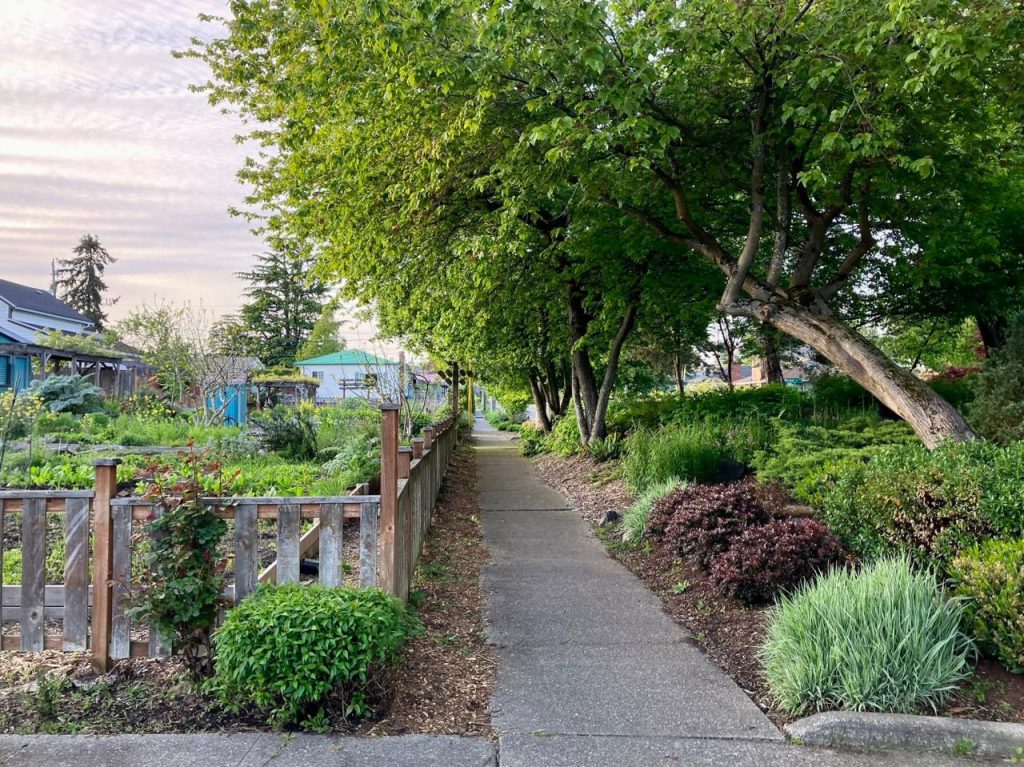
Places for people
Wilson’s platform: “The new Pike Place Market ‘limited vehicle access pilot’ is the exciting and long-overdue outcome of years of community organizing and advocacy. With real leadership in City Hall we can go much further, much faster.
Create more car-free and vehicle-lite spaces in dense neighborhoods throughout the city, where people and families can visit, shop, play, and socialize without fear. Pilot a “superblock” zone in the heart of Capitol Hill, diverting cars to allow walking and other modes on the street and permitting businesses to expand into the sidewalks.”
Our first-year recommendations:
- Make Pike Place Market pedestrianization permanent.
- Pilot the pedestrianization of streets around the city in time for FIFA watch parties including Barbara Bailey Way, a weekend pedestrianization of Ballard Avenue, and others nominated by communities.
- Pilot a multi-use trail along Lake Washington Boulevard and invite the community to activate the space with art, food, music, and more.
- Direct SDOT’s People Streets program to create a process for community members to pedestrianize their streets and create space for market streets, school streets, community gardens, and more. Set a goal of a fully pedestrian street at the heart of every neighborhood.

Climate
Wilson’s platform: “We must make it much easier and safer to get around by transit, bike, walking, and rolling. Most of Seattle’s carbon pollution comes from transportation. Cutting emissions is largely a matter of ‘mode shift’ — changing how people get around — as well as reducing how far and how often they need to travel.”
Our first-year recommendations:
- Direct SDOT to use the Climate Change Response Framework mode shift goals to shape decisions, such as the evaluation of the benefits of bike and bus lanes versus SOV traffic delay. For instance, bike lanes on MLK Way Jr S and bus lanes on Denny Way were shelved because of concerns around traffic delay that trumped all other considerations.
- Accelerate the timeline of SDOT’s Low-Pollution Neighborhoods program, and set the bar higher to reach zero transportation emissions.
- Incorporate consideration of an Ultra Low Emission Zone into the transportation funding workgroup.
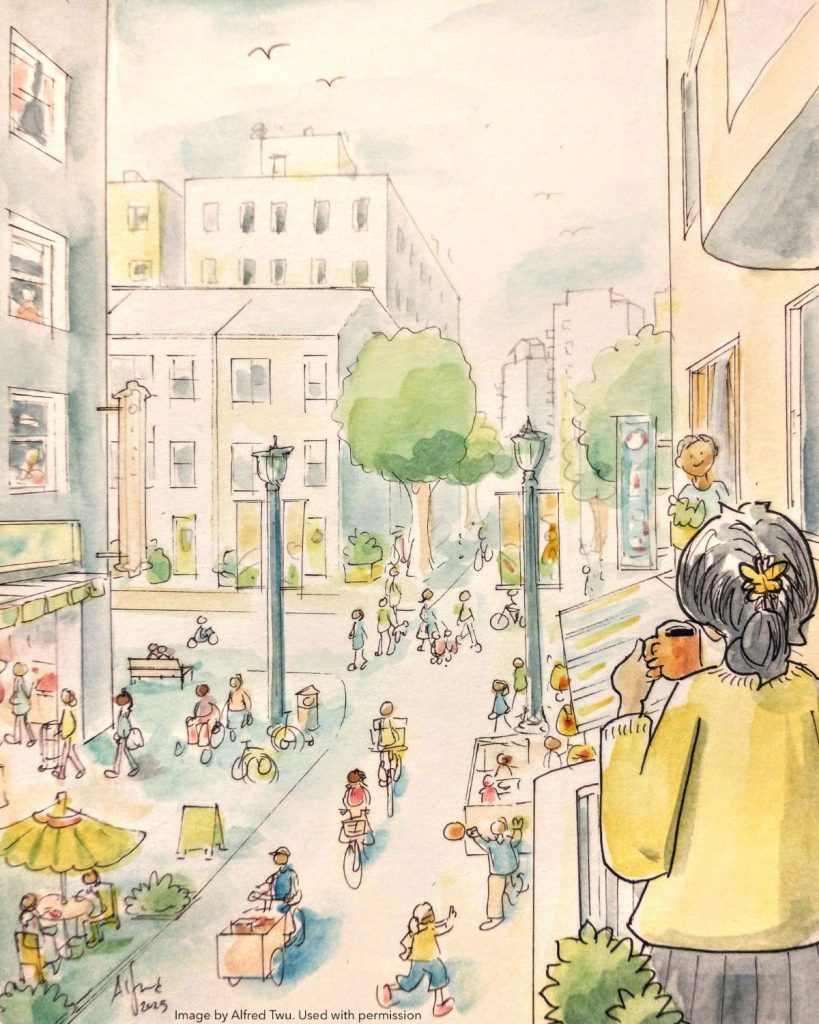
15-Minute City
Wilson’s platform: “Seattle should be a world leader in mobility, where people of all ages and abilities can get to work, daycare or the grocery store safely without having to drive. […] Building affordable and abundant housing and preventing displacement is a vital climate strategy, allowing people to live near where they work, shop, and socialize. Shorter trips mean less driving and more walking, rolling, biking, and riding transit.”
Our first-year recommendations:
- Support Council’s efforts to expand neighborhood centers in 2026.
- Propose legislation that would align Seattle with cities around Washington State like Bothell, Shoreline, and Spokane that now allow homebuilders the flexibility to determine what level of car parking makes sense.
These are our recommendations for how the incoming Wilson administration can make a strong year one start on her campaign pledges. These bold actions will set the stage for even larger transformational change over the next few years! Additionally, Seattle Neighborhood Greenways is a bottom-up coalition where our members–groups representing Seattle’s neighborhoods – set our priorities, and we will be outlining our 2026 priorities next month.
Lastly, as Wilson mentioned in her victory speech, she can lead from the top, but change always requires organized people power:
“To the people of Seattle, I say, what I am able to actually accomplish in office will depend on you,” she said. “It will depend on the support and the pressure and the people power that you all are able to build in the months and the years ahead. It’s your work and your initiative that will continue to drive our city and our society forward.”
That’s why there has never been a better time for you to get involved with Seattle Neighborhood Greenways. Join us at one of these upcoming events:
- Seattle Neighborhood Greenways New Volunteer Orientation. Wednesday December 3, 5:30pm – 6:30pm. Virtual via Zoom. Learn about our coalition, our local neighborhood groups, and best practices for being an effective advocate in your community.
Seattle Neighborhood Greenways Community Happy Hour. Thursday December 11, 5:30pm – 7:00pm. Stoup Brewing (Capitol Hill). Meet new friends and connect with advocates from across Seattle.
Seattle Neighborhood Greenways is a grassroots, people-powered movement working to make our city safer, healthier, and more equitable for all. Our coalition of volunteer groups organizes and mobilizes people to make every neighborhood in Seattle a great place to walk, bike, and live.


